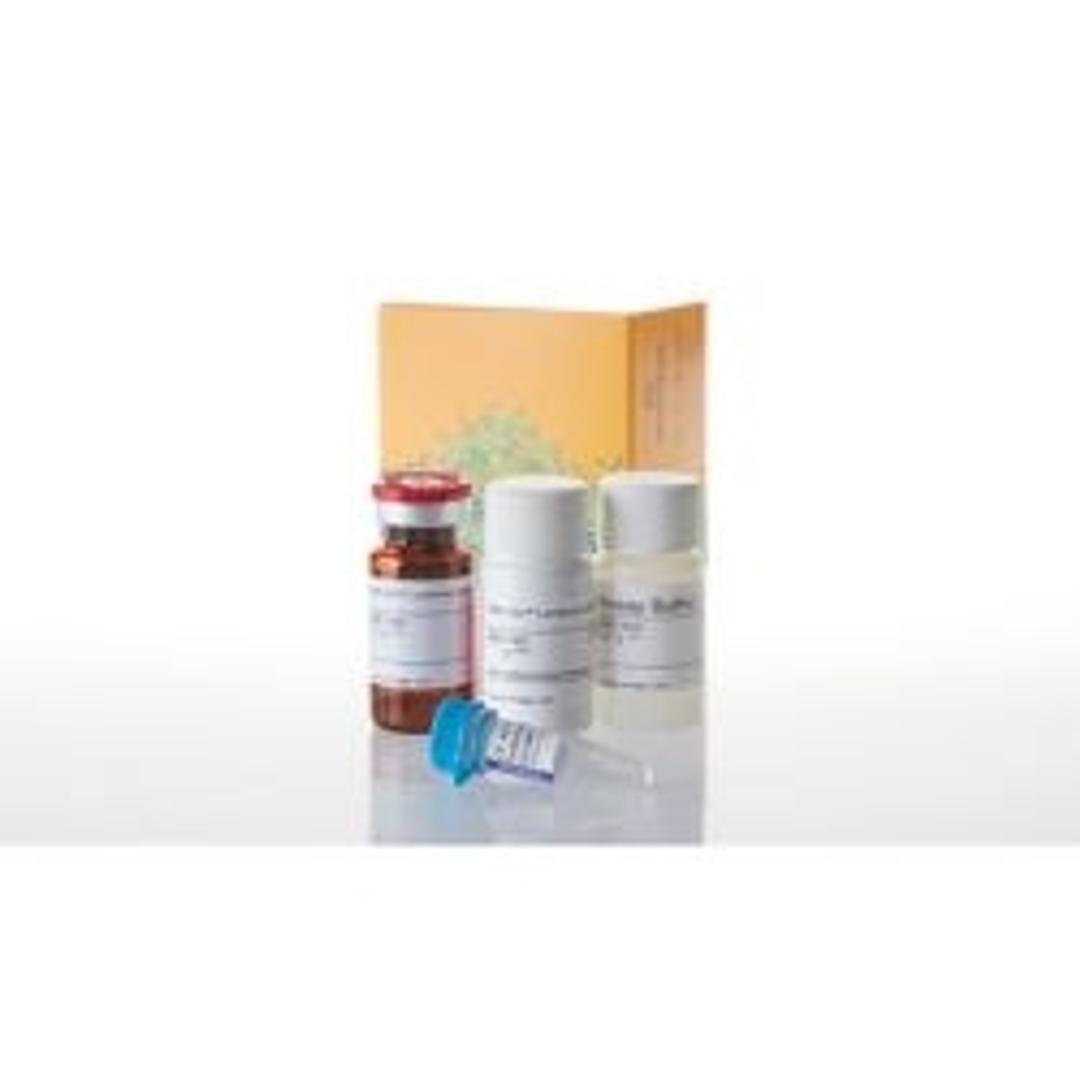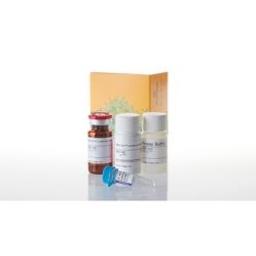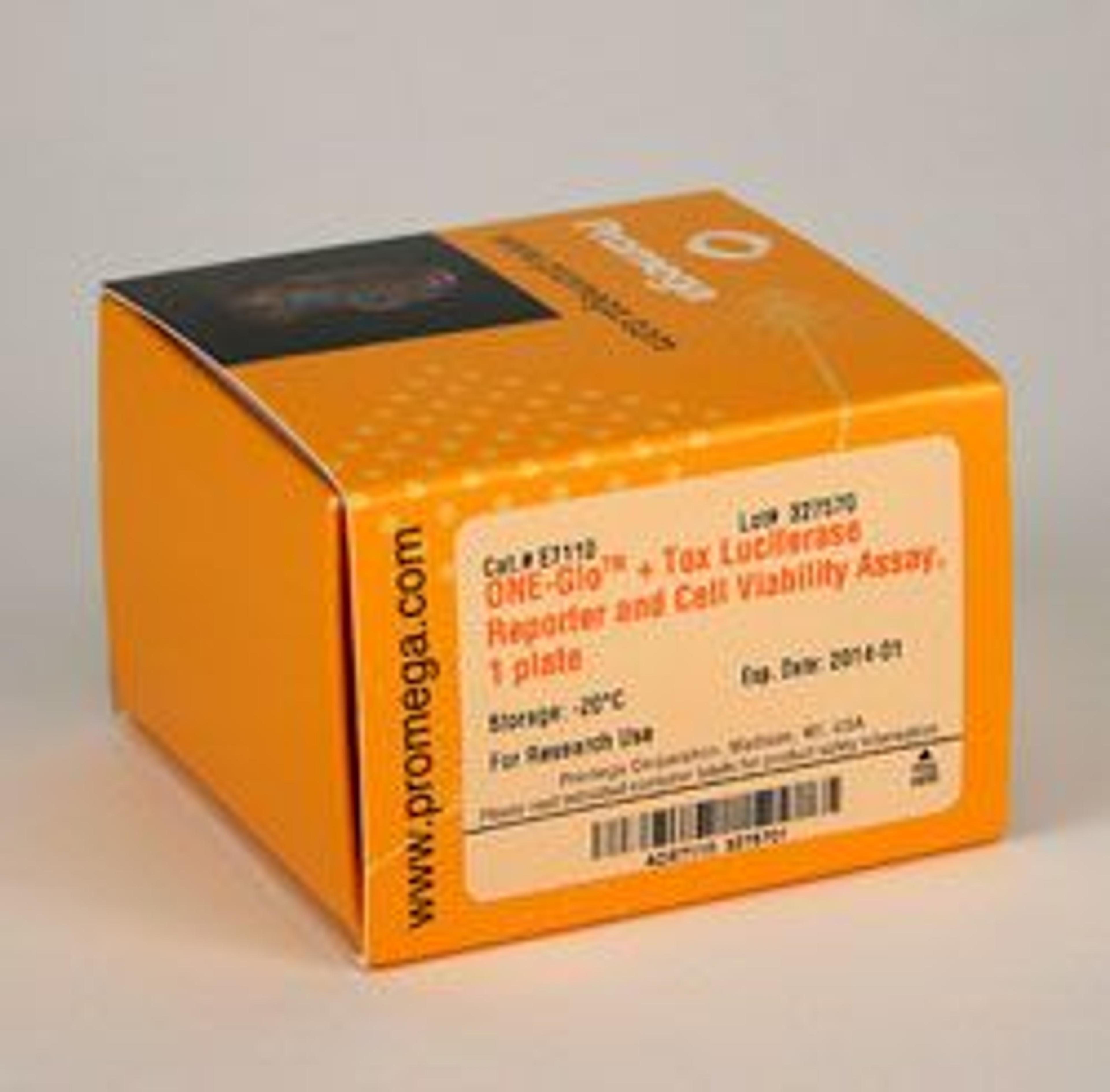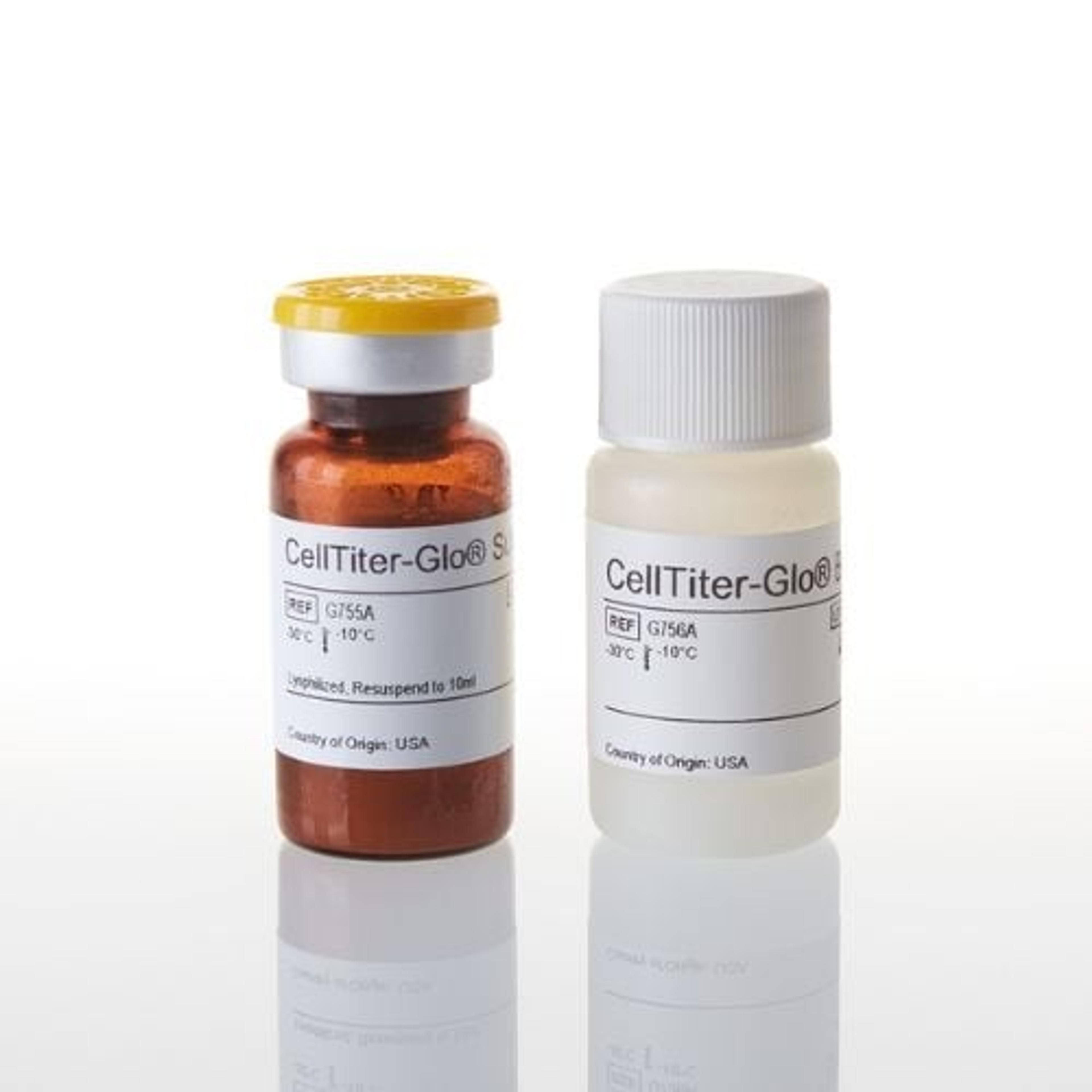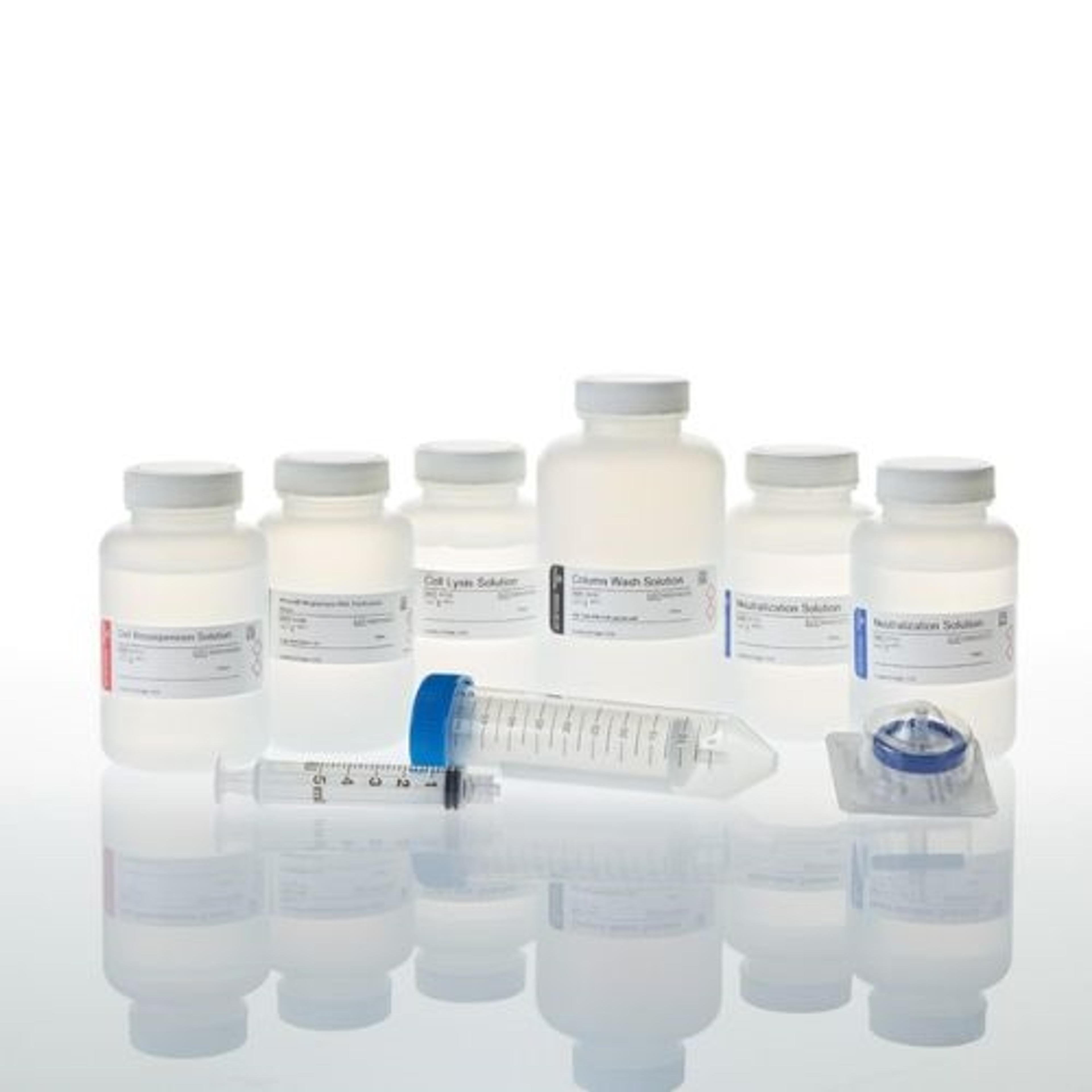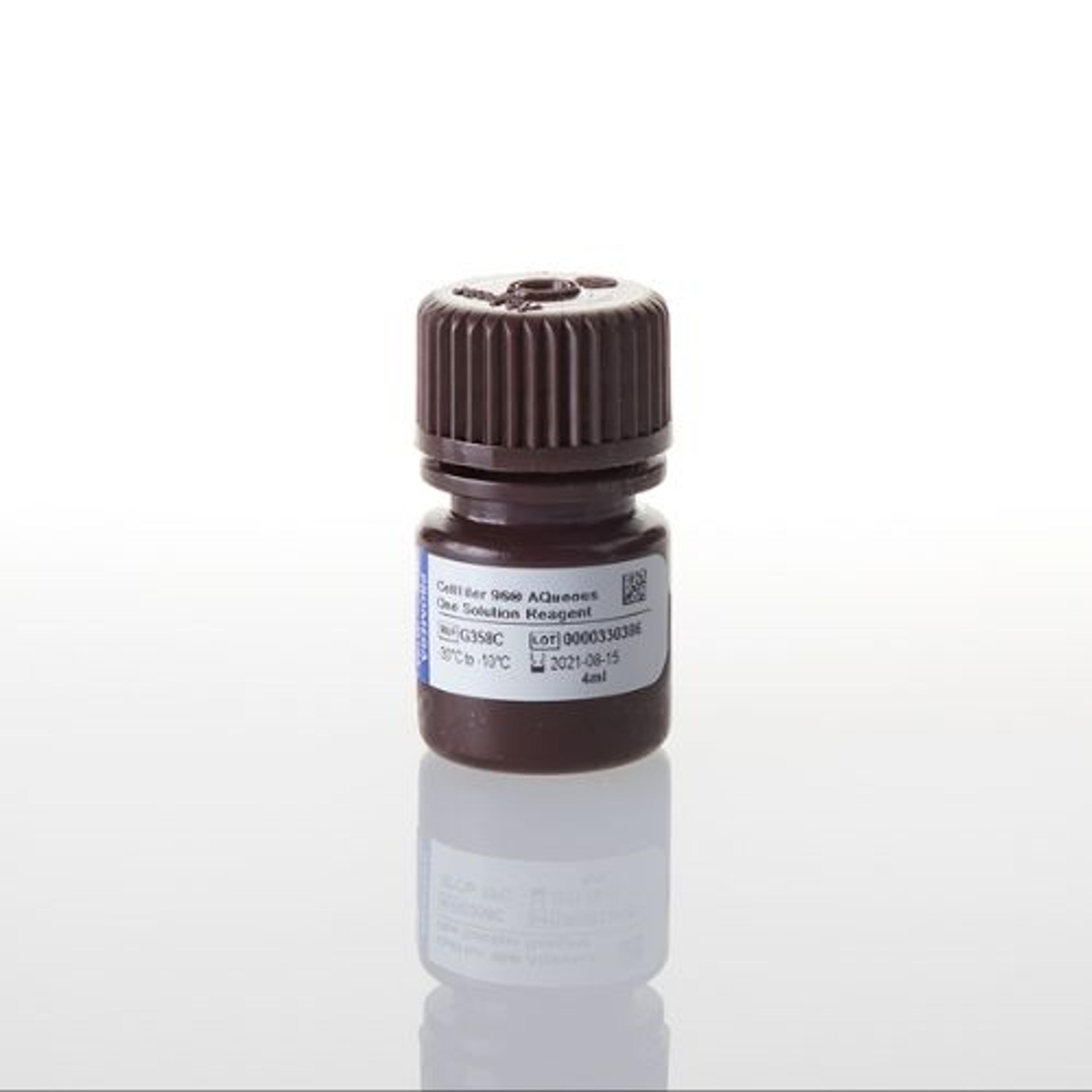ONE-Glo + Tox Luciferase Reporter and Cell Viability Assay
The ONE-Glo™ + Tox Assay combines luciferase assay chemistry with a cell viability marker to better understand reporter gene expression in the context of cell health. The assay uses a two-step, addition-only process to make these measurements in a single well of a plate, negating the need to run parallel assays. The first part of the assay is a nonlytic fluorescence assay (CellTiter-Fluor™ Cell Viability Assay) that measure…
The ONE-Glo™ + Tox Assay combines luciferase assay chemistry with a cell viability marker to better understand reporter gene expression in the context of cell health. The assay uses a two-step, addition-only process to make these measurements in a single well of a plate, negating the need to run parallel assays.
The first part of the assay is a nonlytic fluorescence assay (CellTiter-Fluor™ Cell Viability Assay) that measures the relative number of live cells in a culture population after experimental manipulation. The CellTiter-Fluor™ Assay measures a conserved and constitutive protease activity within live cells and therefore serves as a marker of cell viability. The live-cell protease activity is restricted to intact viable cells and is measured using a fluorogenic, cell-permeant peptide substrate (glycylphenylalanyl-aminofluorocoumarin; GF-AFC). The substrate enters intact cells where it is cleaved by the live-cell protease to generate a fluorescent signal proportional to the number of living cells (Figure 1). This live-cell protease becomes inactive upon loss of cell membrane integrity and leakage into the surrounding culture medium. Fluorescence of the free AFC fluorophore is measured with a microplate reader or CCD imager using an excitation wavelength of 380–400nm and emission wavelength of 505nm.
The second part of the assay uses the ONE-Glo™ Luciferase Assay System to quantify firefly luciferase reporter gene expression from cells made to express this reporter enzyme (Figure 2). The ONE-Glo™ Luciferase Assay Buffer and ONE-Glo™ Luciferase Assay Substrate, provided with this system, are combined to form the ONE-Glo™ Reagent. Ideally suited for high- and ultrahigh-throughput applications, the ONE-Glo™ Assay contains a new fluoroluciferin substrate, resulting in a reagent that is more stable, more tolerant to sample components, and has less odor than standard luciferase assay reagents. Luminescence is measured with a microplate reader or CCD imager.
Features - Benefits
• Efficient: Measure cell viability and firefly luciferase gene expression within the same assay well.
• Acquire more data by performing two measurements on cells in a single assay well.
• Better Biology: Understand reporter gene expression in the context of cell viability.
• Easy to Perform: The assay uses a simple sequential “add-mix-read” format (Figure 3).
• Flexible and Automation-Friendly: The volumes of each assay component can be scaled to meet throughput needs and is amenable to automation up to 1,536-well format.

